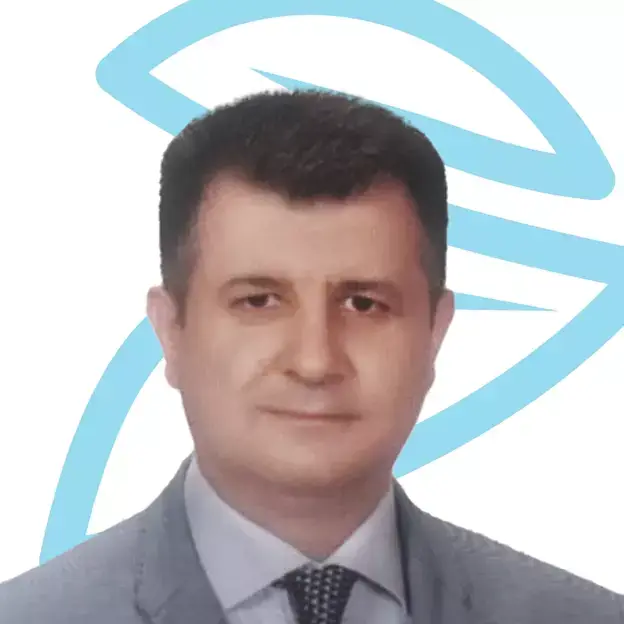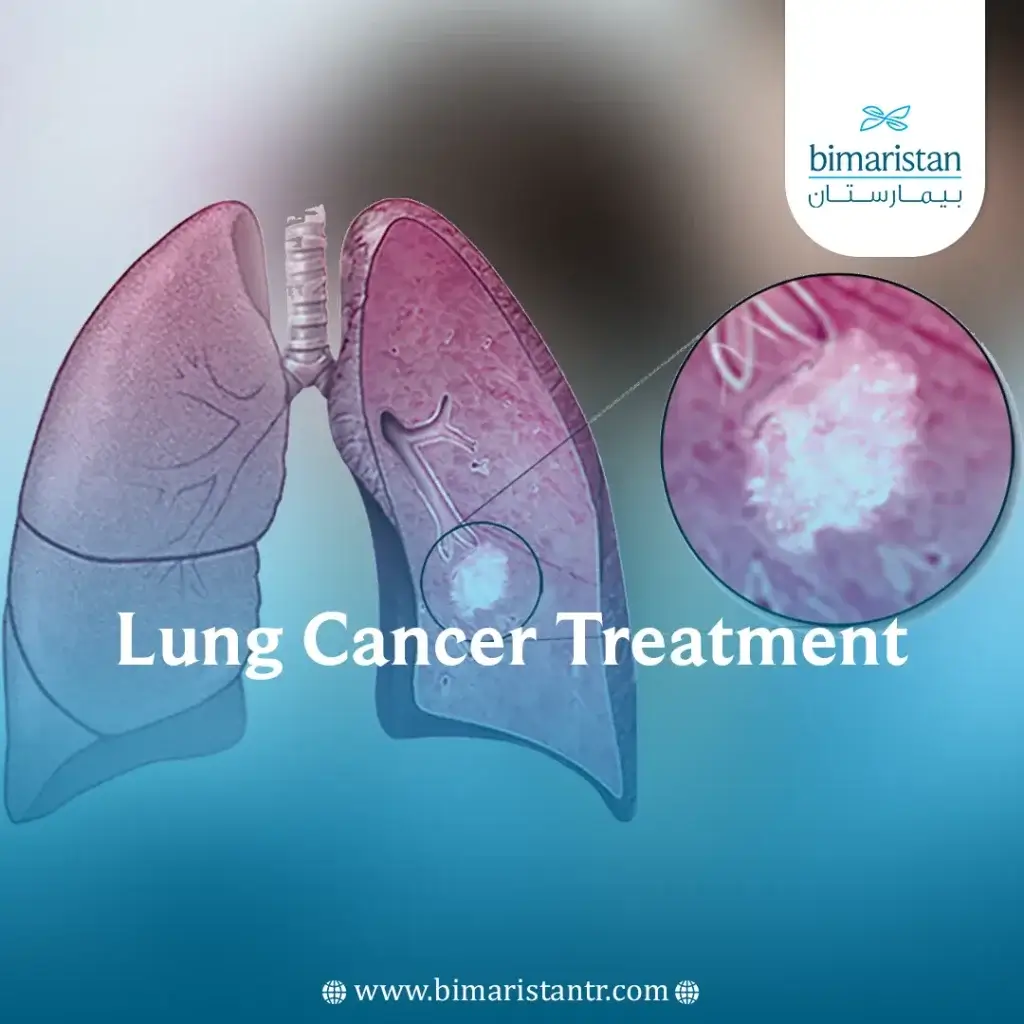The treatment of lung cancer was previously one of the most important challenges for doctors due to its seriousness and the difficulty of recovery. Still, with medical advances in Turkey, it has become possible to detect and treat it early.
Lung cancer treatment by drugs
Chemotherapy for lung cancer involves the use of drugs that kill cancer cells either alone or in combination with surgery or radiotherapy to promote local control of the tumor and attack distant metastases if present:
- Platinum salts, such as cisplatin and carboplatin, are the most commonly used lung cancer drugs in patients
- Vinorelbine and Gemcitabine
- Paclitaxel and Docetaxel
Chemotherapy for lung cancer involves administering the drug intravenously at a cancer treatment center or hospital under the supervision of the medical team, and the sessions may be repeated over a specific period ranging from a few weeks to several months, depending on each patient’s specific treatment plan.
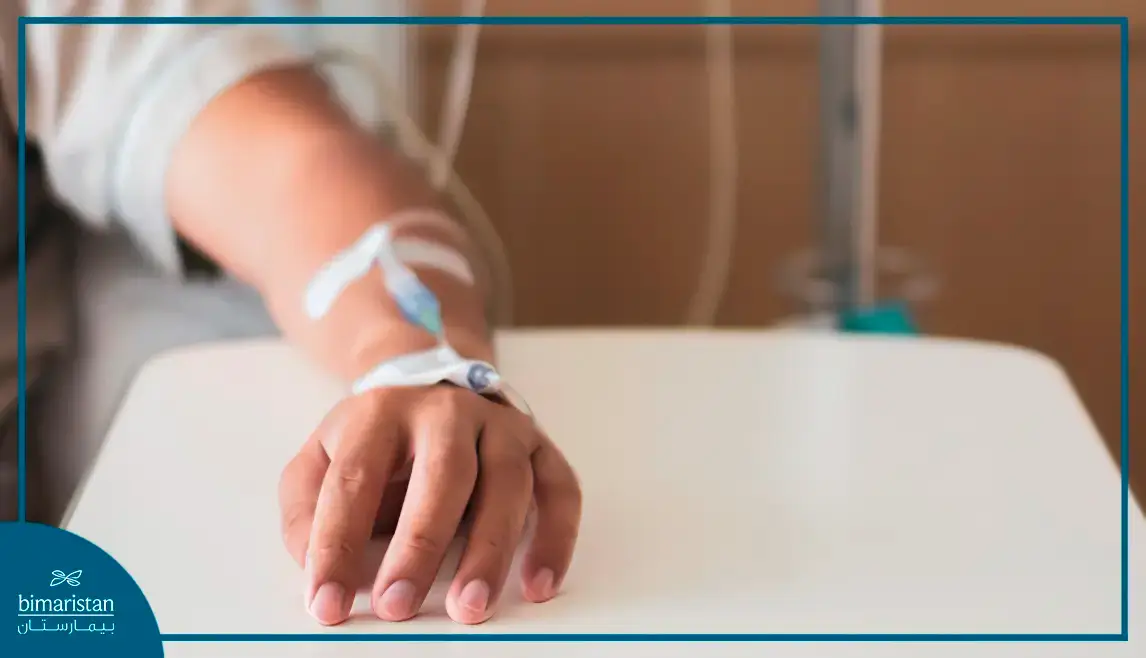
Side effects of chemotherapy for lung cancer
Lung cancer treatment and chemotherapy is a double-edged sword that carries a lot of benefits while causing many temporary side effects that vary in severity from person to person, including the following:
- Nausea and vomiting: This is one of the most common side effects of chemotherapy. Doctors can control these effects with anti-nausea and anti-vomiting medications.
- loss of appetite
- Hair loss
- Fatigue and general weakness
- Infections and sores in the mouth and throat
- Itching and dry skin
- Nail deformation and discoloration
- Low white blood cell and platelet counts, which increase the risk of infection and bleeding
- Digestive symptoms (diarrhea, constipation, or stomach pain)
Radiation therapy for lung cancer treatment
This type of treatment works to target and destroy cancerous tumor cells in the lungs with high-energy radiation; radiation therapy is usually used alone or in conjunction with surgery or chemotherapy depending on the type and stage of the tumor, and the patient’s condition, types of lung cancer radiation include the following:
- External beam radiation therapy (EBRT): The most common type of targeted treatment for lung cancer involves directing a beam to the tumor area using an external beam radiation machine. The treatment is usually divided over several consecutive weeks with regular sessions.
- Brachytherapy involves inserting the radiation source directly into or near the tumor inside the body. In some cases, It can be used as part of a complete treatment plan for lung cancer.
The technique commonly used in lung cancer treatment is 3D RT, where the planning is performed on a CT scanner. Respiratory Gating is preferred, where sessions are performed in an inspiratory mode with a monitor to ensure that the degree of inspiration is the same in each session. This helps minimize the amount of healthy lung tissue that is irradiated.
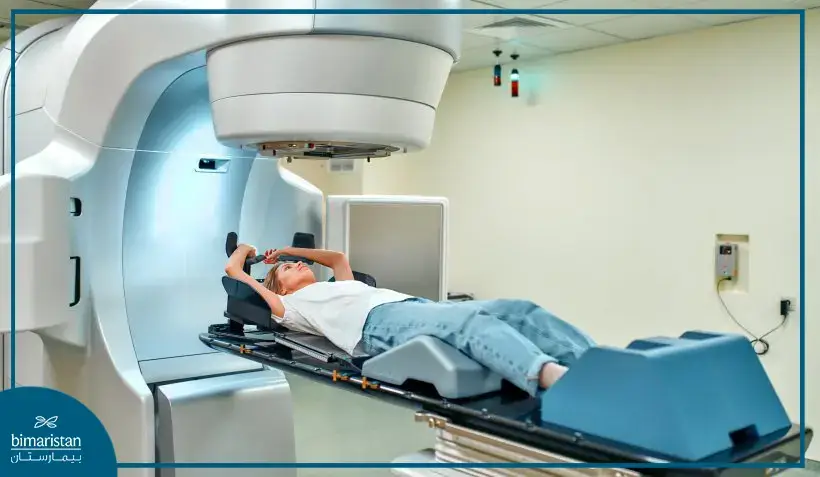
Immunotherapy for lung cancer treatment
Immunotherapy, or as it is called biological therapy for lung cancer, aims to stimulate the immune system and direct it to destroy cancer cells in addition to preventing them from growing and dividing by blocking growth signals by controlling specific targets within the cell, classified into two main types:
- Small Molecule Drugs: The most important drugs are Erlotinib, Gefitinib (for EGFR mutation), and Crizotinib (for ALK mutation).
- Monoclonal Antibodies block a specific target on the outer surface of cancer cells or in the surrounding space. They are administered intravenously and may increase the cancer cell’s sensitivity to chemotherapy and radiation. The most important of these drugs are Necitumumab and Atezolizumab.
Lung cancer treatment by surgery
Lung cancer surgery depends on the type, size, and location of the tumor within the lung. In addition to the patient’s general health condition, surrounding lymph nodes can also be removed if they are associated with the tumor; several surgical procedures can be used in the treatment of lung cancer, including:
- Lobectomy is the most common procedure for treating lung cancer
- Segmentectomy removes part of the pulmonary lobe and can be used in some cases where the entire lobe cannot be removed
- Pulmonectomy is usually used when the tumor is large and located in the central part of the lung
- Wedge Resection removes a small portion of the lung along with the tumor and surrounding tissue
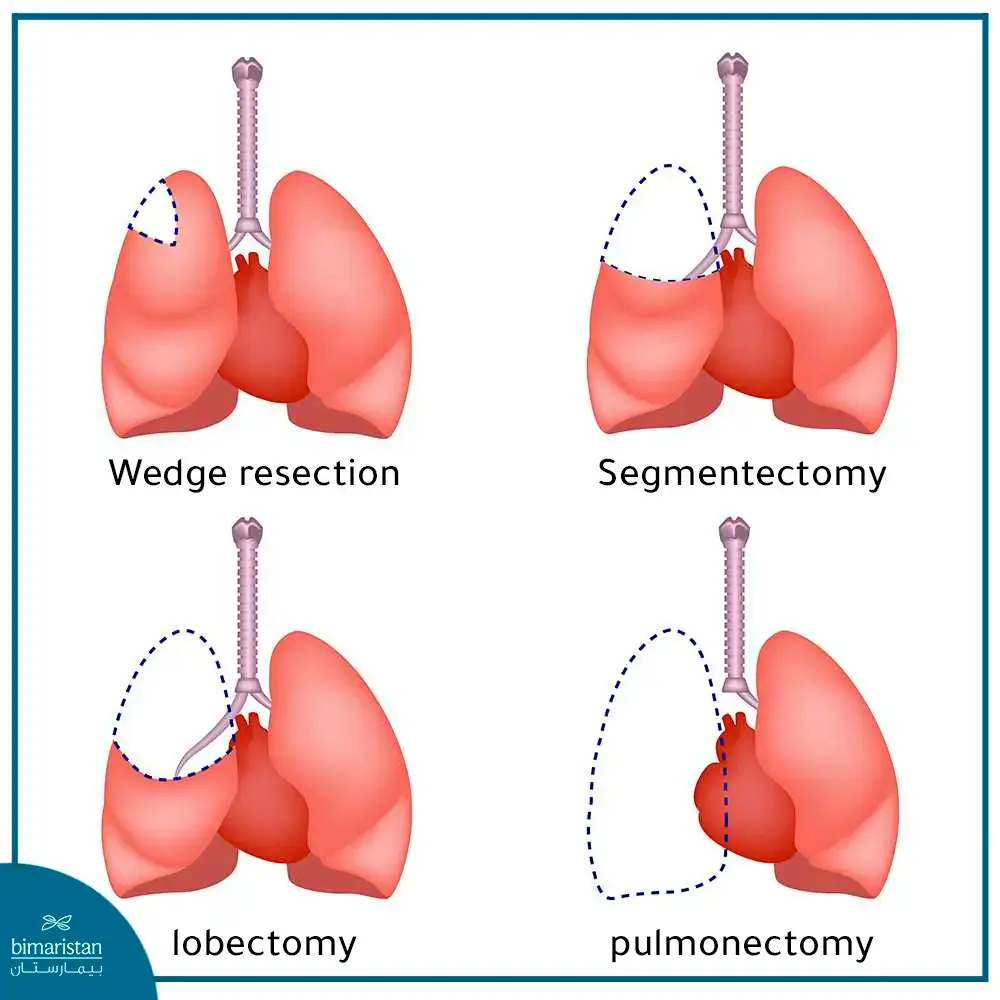
The success rate of lung cancer resection is usually around 70% to 90% for cases detected in the early stages, especially if the operation is performed with high technology, such as robotic surgery for lung cancer. At the same time, it is lower in the later stages, so the patient may be directed after surgery to chemotherapy, radiation, or both to help control any remaining cancer cells or to prevent tumor recurrence.
The cost of lung cancer surgery varies greatly depending on the size of the tumor and the type of surgery required as well as hospital costs, health care, and subsequent treatments that may be required, ranging from $15-25,000 USD.
Palliative treatment for lung cancer treatment
This treatment aims to provide care and support for patients with advanced lung cancer for whom curative treatment is not available or appropriate. Palliative treatment is an important part of patient care and quality of life and includes the following:
- Strong painkillers such as morphine for pain control
- Chemotherapy and radiation to shrink the tumor and control symptoms such as shortness of breath
- Partial resection of large tumors can improve survival in some patients
While palliative care is an integral part of a lung cancer treatment program to provide the best possible care for cancer patients, not all patients discharged from the hospital necessarily need palliative care.
Lung cancer and prognosis
Generally speaking, lung cancer is one of the most serious types of cancer, and therefore, the cure rate may be lower compared to some other types of cancer. Still, the cure rate for lung cancer depends on several factors, including the type and stage of the tumor and how the patient responds to treatment.
Lung cancer detected in its early stages is fully amenable to surgical treatment. On the other hand, if the tumor is detected in advanced stages or has spread to other parts of the body, the chances of recovery are lower.
According to statistics, five-year survival rates for lung cancer patients vary depending on the specific stage of the tumor, for example:
- For patients with early-stage lung cancer (stage I and stage II), the survival rate is around 60% to 80%.
- For patients with advanced lung cancer (stage III and stage IV), the survival rate is about 10%.
In conclusion, lung cancer treatment in Turkey remains a model of development and innovation in healthcare. Through continuous efforts, advanced technologies, and expert teams, Turkey continues to provide high-quality medical care for patients with lung cancer from early detection stages to comprehensive treatment and palliative care; Turkey provides an integrated medical environment that contributes to improving the quality of life of patients and supporting them during their journey in facing this serious health challenge.
Sources:
- NHS
- Johns Hopkins Medicine
- American Lung Association
